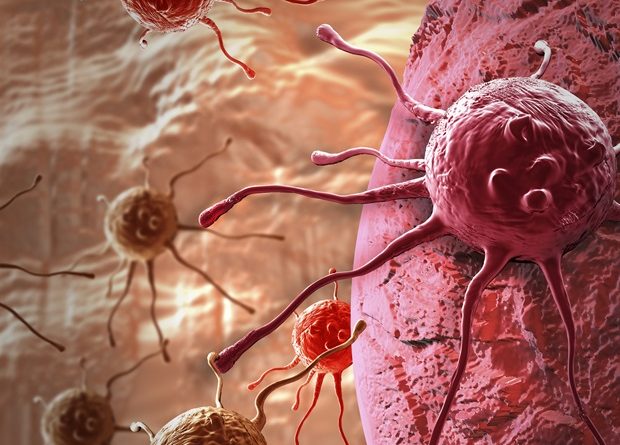Elucidating the function of BRCA2 gene offers insight into cancer development
A new study shows exactly how the gene BRCA2, linked to susceptibility to breast and ovarian cancer, functions to repair damaged DNA. By studying BRCA2 at the level of single molecules, researchers at the University of California, Davis, have generated new insights into the mechanisms of DNA repair and the origins of cancer. The work was published the week of March 27 in the Proceedings of the National Academy of Sciences.
Elucidating the function of BRCA2 is essential for understanding the molecular etiology of cancer development in breast and ovarian cells, as well as many other cell types including prostate."
Stephen Kowalczykowski, distinguished professor of microbiology and molecular genetics, UC Davis College of Biological Sciences
By visualizing BRCA2 function at a single molecule level, Kowalczykowski's team discovered that it acts as a molecular chaperone, delivering another protein, RAD51, to single-stranded DNA. It ensures formation of a functional filament of RAD51 and the repair of broken DNA.
"When BRCA2 is defective, broken DNA is not faithfully repaired, the genome loses integrity, and cancer ultimately ensues," Kowalczykowski said.
Mutations in the BRCA2 gene are linked to an increased risk of cancer, especially breast and ovarian cancer. In 2010, teams led by Kowalczykowski and by Professor Wolf-Dietrich Heyer in the same department at UC Davis succeeded in purifying the BRCA2 protein and showed that it plays a key role in DNA repair.
The new work, using techniques developed in Kowalczykowski's lab to image single proteins and DNA molecules in real time, gives new insight into the mechanics of this repair process.
Our DNA is under constant assault by both processes inside cells and by outside factors, such as sunlight or chemical exposures. Accumulating damage to DNA can cause cells to become cancerous. Fortunately, our cells have several mechanisms to repair DNA. One of these is homologous recombination to repair double-stranded breaks.
Repairing double-stranded breaks
Cancer Research eBook

When a break crosses both strands of the DNA double helix, one strand is trimmed back a little to leave a single exposed strand. This strand then goes hunting for its counterpart in the same gene in the matching paired chromosome. It inserts into the healthy DNA and uses it as a template for repair.
For this insertion to work, the single strand of DNA has to be coated with RAD51. Earlier work from Kowalczykowski's lab measured how quickly RAD51 could be added onto DNA, like beads on a string.
The function of BRCA2 is to load up with RAD51 (each BRCA2 can carry up to six RAD51s), push another protein called RPA out of the way and put the proteins onto the DNA.
Postdoctoral researcher Jason Bell carried out the experiments observing RAD51 and BRCA2 working their way along the DNA. Bell manipulated pieces of DNA with a single-stranded gap and exposed them to RAD51 with and without BRCA2 under different conditions.
The resulting movies show how BRCA2 chaperones RAD51 onto single-stranded DNA, displacing RPA.
Understanding the role of BRCA2 in DNA repair has two important implications. First, it helps us understand why mutations of BRCA2 lead to an increased risk of cancer. Second, some drugs to treat cancer work by damaging DNA. By understanding how DNA repair works, we can develop new drugs to target it specifically in cancer cells.
Additional co-authors on the paper are Christopher Dombrowski and Jody Plank, both at UC Davis, and Ryan Jensen, formerly at UC Davis and now at the Yale University School of Medicine. The work was supported by grants from the National Institutes of Health.
University of California – Davis
Bell, J. C., et al. (2023). BRCA2 chaperones RAD51 to single molecules of RPA-coated ssDNA. Proceedings of the National Academy of Sciences. doi.org/10.1073/pnas.2221971120.
Posted in: Medical Science News | Medical Research News | Medical Condition News
Tags: BRCA2 Gene, Cancer, Cell, Chaperones, Chromosome, DNA, Drugs, Gene, Genetics, Genome, Helix, Homologous, Homologous Recombination, Imaging, Medicine, Microbiology, Molecule, Ovarian Cancer, Prostate, Protein, Research
Source: Read Full Article



